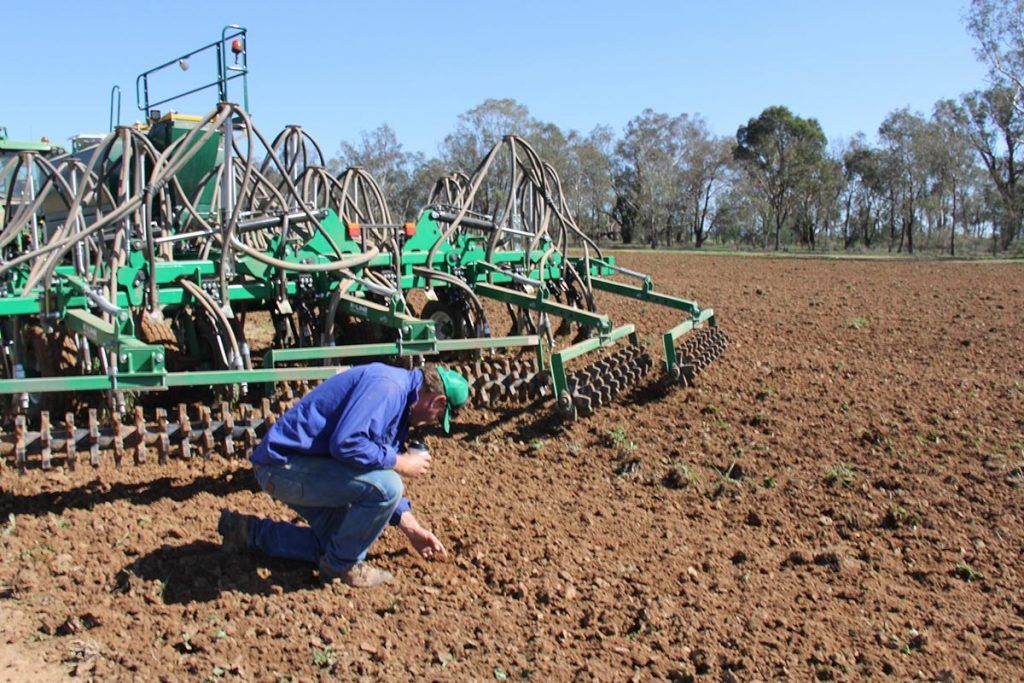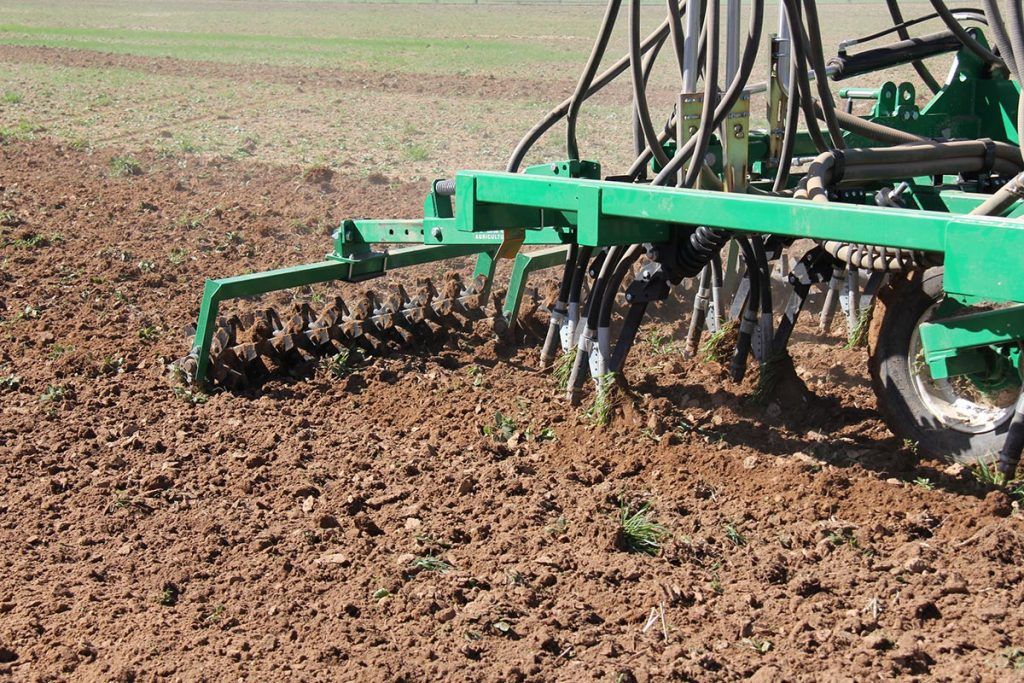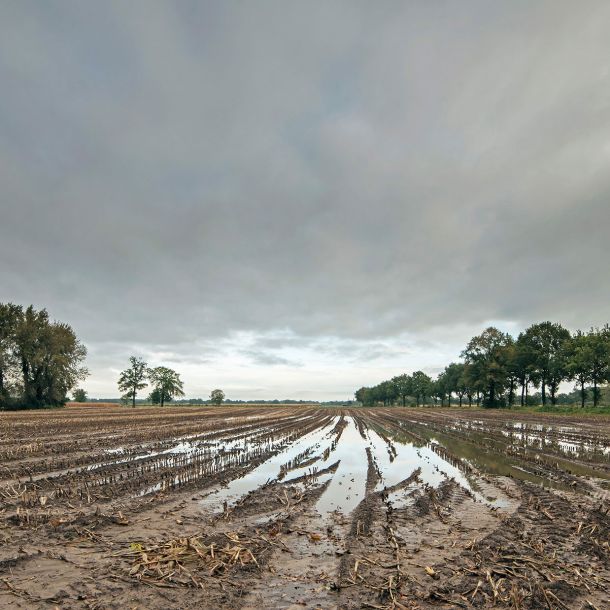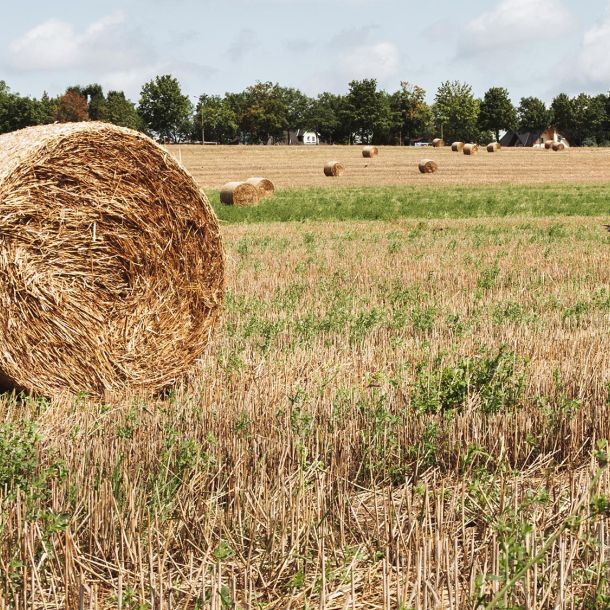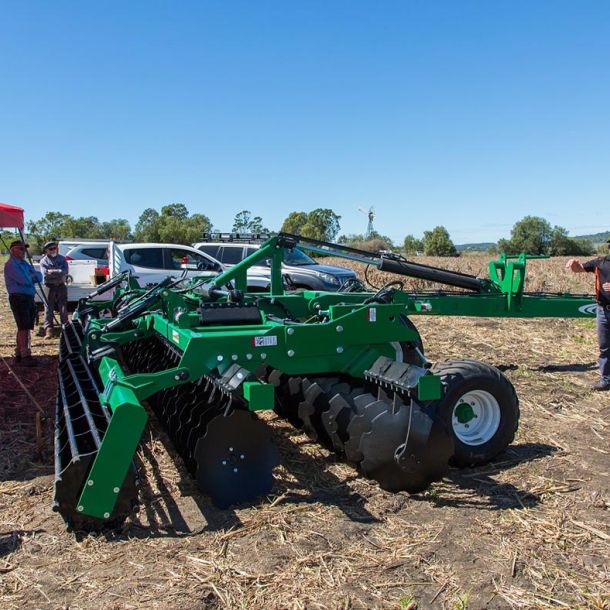Direct Seeding Grassland and Managing Grazing Crops
Building a successful small diversified or mixed farming operation, requires careful management of the grazing crops and livestock the farm produces. The proper balance of crop types and the optimal utilisation of cropping tools and implements can provide farmers and graziers numerous benefits as well as more flexible management of their operations.
Building a grazing crop mix
According to New South Wales Agriculture’s “The Grazier’s Guide to Pastures”, an ideal mix of pastureland features introduced grasses, native grasses, and legumes. This allows for perennial regrowth while also supplementing with specialised plants or annuals to fill in nutritional gaps. The pasture’s mix is often described as 70% grasses and 30% legumes, but some variation in proportion is possible due to soil conditions and plant populations within the grazing area.
It can be a challenge to seed protein-rich legumes like vetches, clovers and lucerne into established native grassland. But for many graziers, the paybacks are immense. Not only can graziers see improved animal performance on mixed grasses and legumes versus just shrubby stylo (up to 90kg/head/year), but they can improve the growing quality of the paddock itself.
The nitrogen cycling and fixation capabilities of legumes can improve growth of all forages in native grass pastures by up to 30%. This increase comes from not only the addition of the legume’s volume to the production ration, but also the boost legumes’ nitrogen-fixing roots and rhizomes provide to the grasses that share paddock soils with them. These grasses show both better overall growth – leaf development and edible parts – as well as higher nutritional quality of the grass as a whole when inter-seeded with legumes.
-
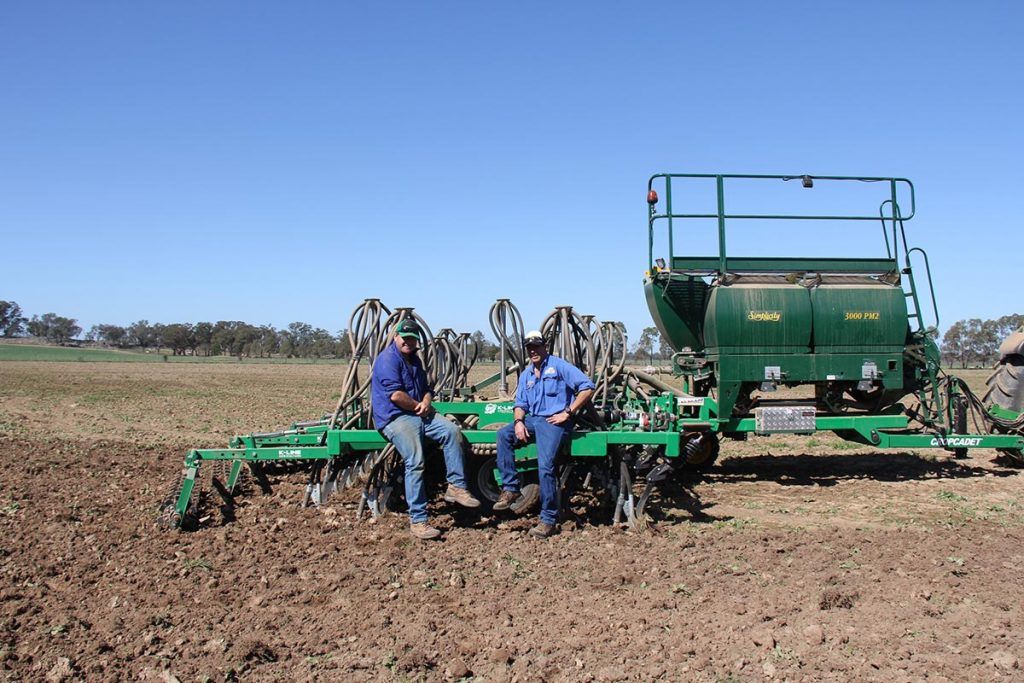
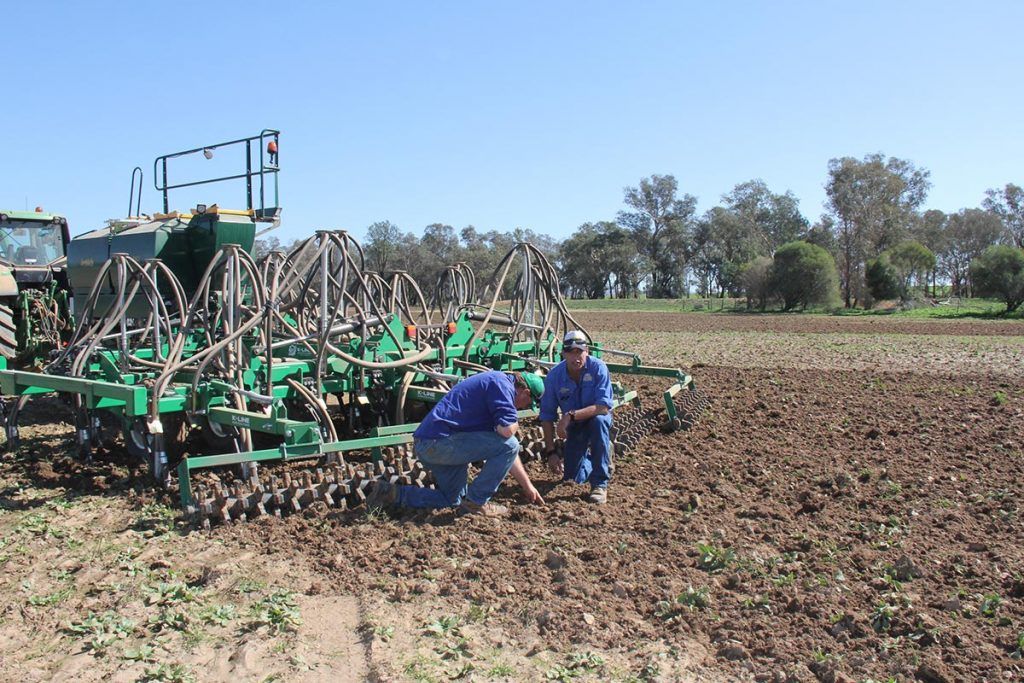
Seeding for conditions and emergence
Building an optimal seeding mix means utilising the tools and implements necessary to increase germination, emergence and development. Unlike many types of grass seeds, which can be established via aerial or land broadcast methods, legumes do best when direct seeded or drilled into a mixed grass-legume paddock. According to studies by the University of Queensland’s Department of Agriculture and Fisheries , drilling seed in loamy soils improves emergence.
Additional benefits of direct drilling pastures include traffic-ability before and after seeding, more precise placement of seed, reduced weed competition, more precise control of sowing depth, and lower labour and implement costs.
For small farmers, utilising a narrow-transport seeder like the K-Line Crop Cadet when drilling grazing crops in pasturelands and forage paddocks provides additional benefits. Not only does the narrower transport provide better access to smaller roads, creek crossings and other grassland terrain challenges, but the Crop Cadet’s large seedbox allows longer planting times between box refills, improving efficiency and convenience.
As an Australian-designed and built machine, the Crop Cadet is better suited for tougher Australian soils and field conditions than machines built in New Zealand and for other overseas markets. The Crop Cadet also requires less horsepower for operation than many out-of-market competitors, improving functionality and ease of use and significantly decreasing cost of operation.
By understanding the importance of a diversified grassland mixture and the beneficial aspects of direct seeding of certain pasture crops like legumes via drill, graziers can introduce additional flexibility into their farm’s management systems and better optimise production.
Additional Resources
Related News
